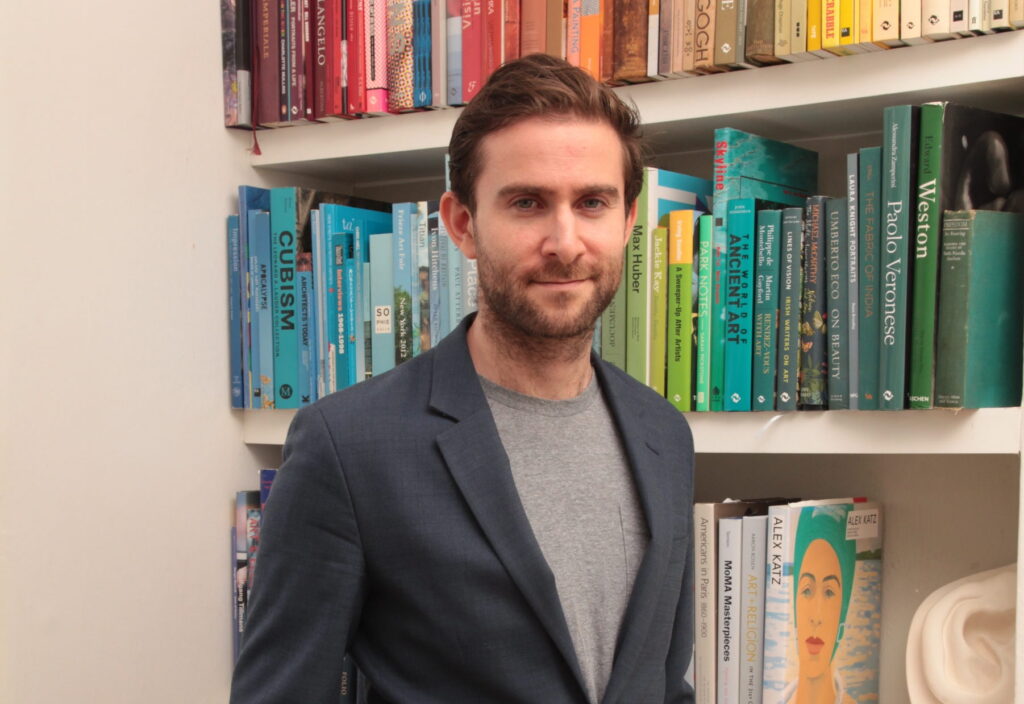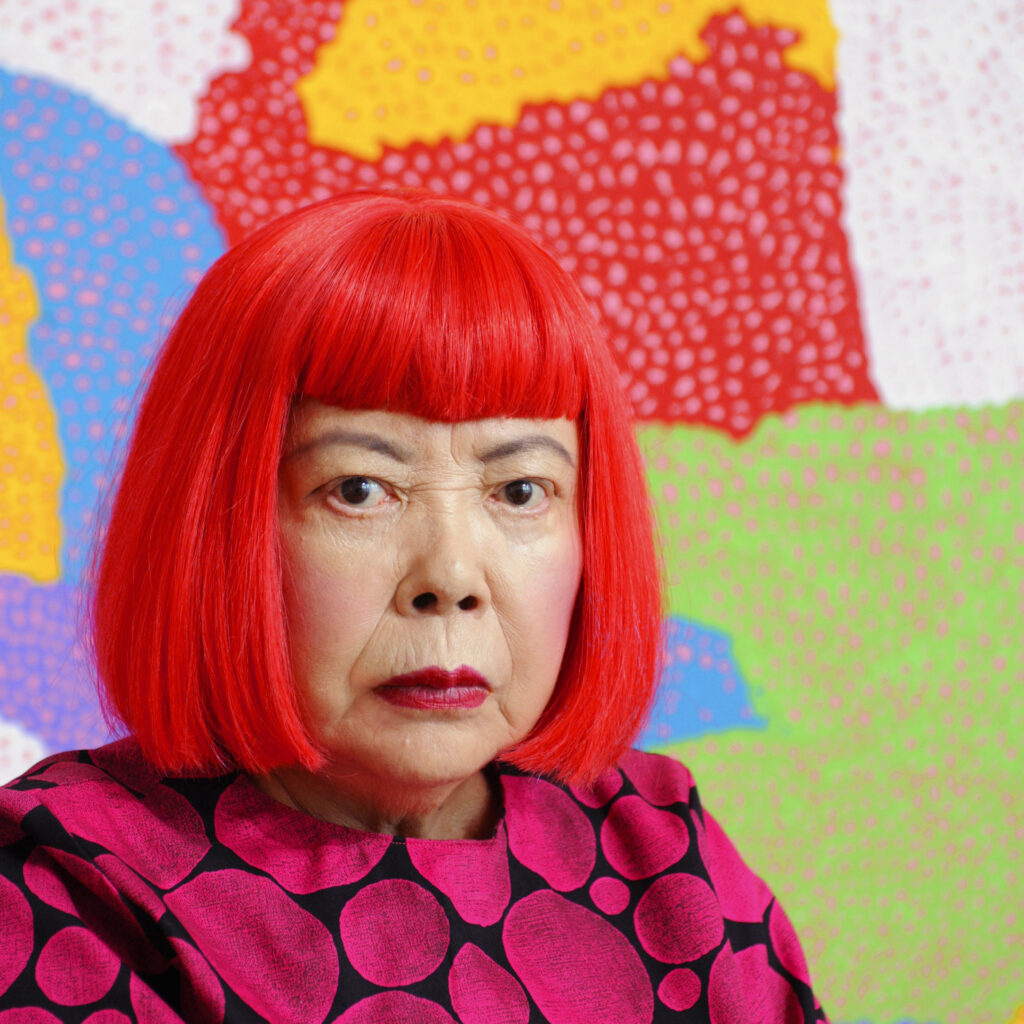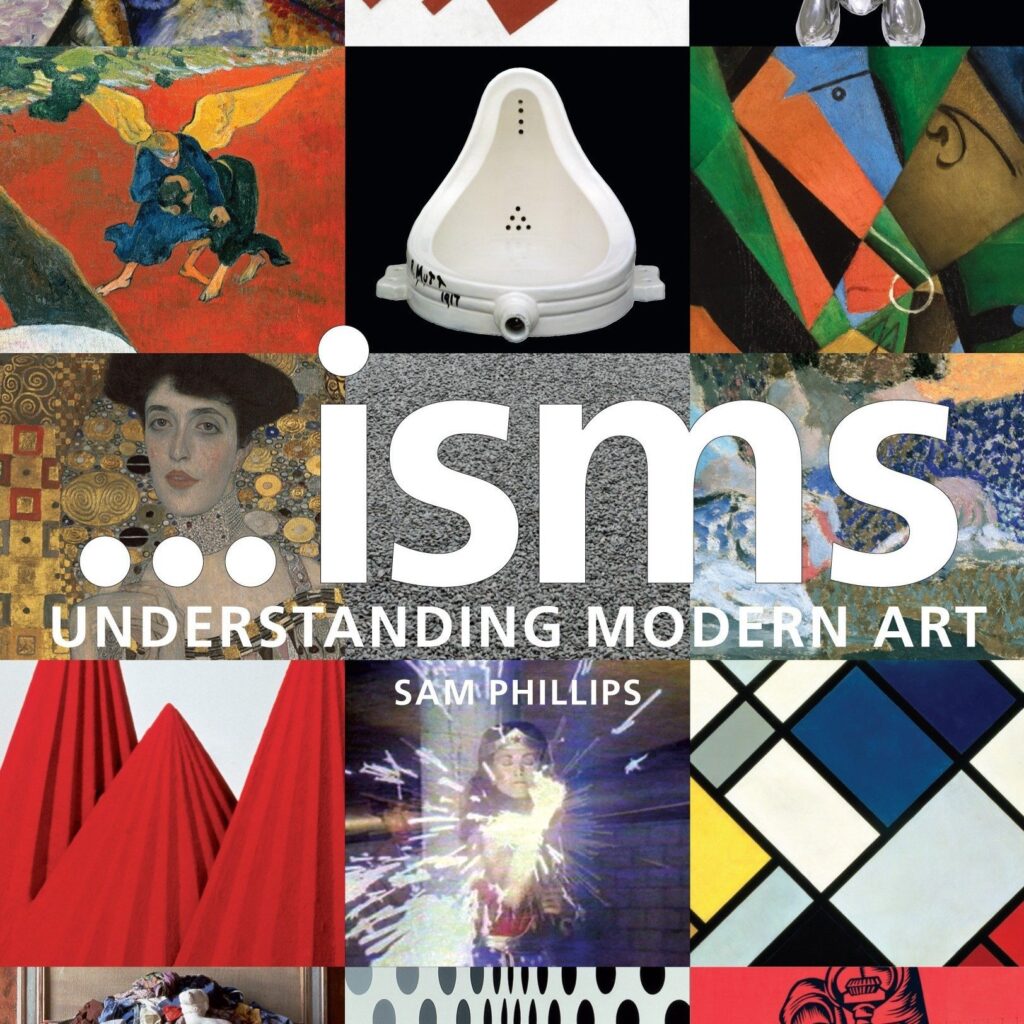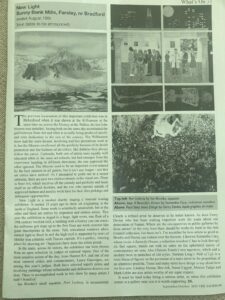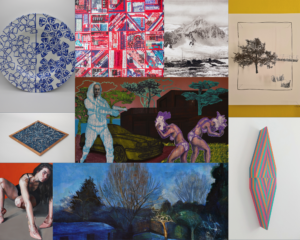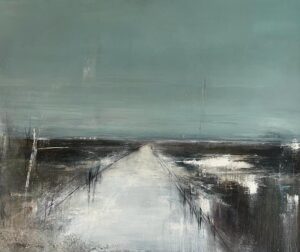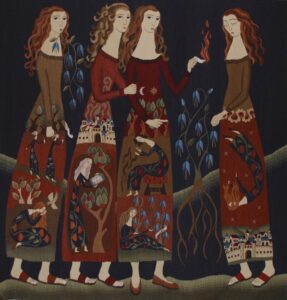
A London-based arts writer and editor, Sam Phillips is one of this year’s New Light Prize Exhibition judges.
Sam is the author of a guide to the capital’s art collections, The Art Guide: London (Thames & Hudson, 2011), and Isms: Understanding Modern Art (Bloomsbury, 2012), an introduction to avant-garde art movements.
He has contributed articles on art, design, architecture and music to a wide range of a publications, including The World of Interiors, Time Out, I-D, Artists & Illustrators, Blueprint, Asian Art Newspaper and The Independent. He has edited art books, catalogues and journals for galleries and publishers and managed print and publications for the Serpentine Gallery.
New Light asks him some questions:
You’ve recently become a father, congratulations! If you were to introduce your
daughter to five artists’ work, what would you choose?
Thank you! And what a great, if difficult, question. At this tender age, I would probably
introduce her to Yayoi Kusama, the nonagenarian Japanese artist who covers paintings,
sculptures, all types of other objects and entire rooms with colourful dot-based
patterns. I imagine my little girl would go gaga over them. But when she gets a bit
older… I would probably say Artemisia, Poussin, Picasso and Van Gogh, which are four
artists I’ve been looking at a lot this week. I could probably pick another four next week.
You will have met many artists in your career. Do you think there is such a thing as
a ‘great’ artist, and is it possible to know who will be considered as such in the
future?
Yes, there is such a thing as a ‘great artist’, if by that you mean someone who really
stands out as outstanding from their time. All taste – and opinions about who is great
and who is not – is ultimately culturally and temporarily specific, as well as personally
subjective. But that subjectivity does not mean we should ditch the term ‘greatness’:
there can be very persuasive reasons to define someone as great.
When I started writing about art in the 1990s, there were contemporary artists
who were celebrated that are passe now. It is hard to say whether they will come back
into fashion again. In a few decades time, with the distillation that time allows, their
aesethetic and connection to the story of 1990s art (culture cache and context) may
fascinate and intrigue people. Certainly, artists who have an original, singular,
immediately recognisable visual language have, traditionally, fared well over time.
Modigliani is a case in point: actually I think his work is pretty inert and boring, but his
the style of his figures (although nicked from Cycladic art many centuries earlier) is so
recognisable. The fact that he lived hard and died young helped, connected every
elongated nose to his dramatic life story.
If you could interview any artist dead or alive, who would it be and why?
Mondrian, if I could time-travel to the time he started moving to abstraction. Or Philip
Guston, when he started painting figuratively later in life. I think that conversion to a
completely different mode of work is really fascinating.
The famous art writer, Herbert Read, was born in North Yorkshire – not far from where
New Light was founded. In the age of the internet and Instagram, what do think is
the role of the art writer?
Writing about art – if the writing is lucid and interesting – can definitely change the way
one views the art. It gives a way-in, or multiple ways-in, allowing the reader to see the
artwork freshly or differently. The reader might not share the writer’s perspective, but
it opens up thoughts on how something appears and the context in which it was made. I
don’t see the internet or Instagram changing that, although online art writing is often
shorter, to deal with the immediate gratification that the internet encourages.
Both your books ‘Isms’ and ‘The Art Guide: London’ provide insightful, accessible
and functional approach to enjoying art. Tell us your secret – what’s that trick to
writing about art in a way that explains its complexity without becoming
inaccessible?
Description. People rush to theorising or judgement when they write about art, as they
think that is the way to seem like ‘a proper critic’. But description is everything in terms of communicating what art is accessibly; and through one’s choice of description one is
also, of course, judging. Also my second tip on this front is: assume no prior knowledge.
What benefit do you think the arts have in society? Do you think that the current focus
on art’s social function, ie, the well-being benefits of art will have an effect on how artists
work? Should it?
The arts, in their widest sense, are beloved by everyone – whether it is music listened to
by teenagers, interior design of hotels, film, blockbuster art shows etc. Life would be
pretty bad without the possibility to enjoy such things. Life would continue, with
personal artistic expression continuing, but the public and private realm’s support of
culture clearly is a virtuous circle in terms of well-being and mental health. Most artists
would support this idea. But artists should not feel they have to amplify the social
function of their work, in the way it is made or distributed or consumed. Artists can do
what they want (laws permitting).
What do think is the value of arts prizes?
I know the idea of competition in art has become frowned upon a bit; illustrated by the
recent decision to award the last Turner Prize to all nominees. Personally I think art has
always been very competitive, as well as very collegiate, field, and that has often been
productive in spurring artists on. It is artists (rather than critics) who in my experience
are often most acerbic about other artists’ works. They enjoy the grit of criticism.
Taking the subjectivity I discuss above as a caveat, I think prizes do incentivise artists to make work, encourage successes and expose works to a wider audience, as
well as making art lovers visit galleries and look harder.

